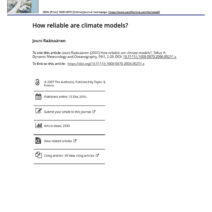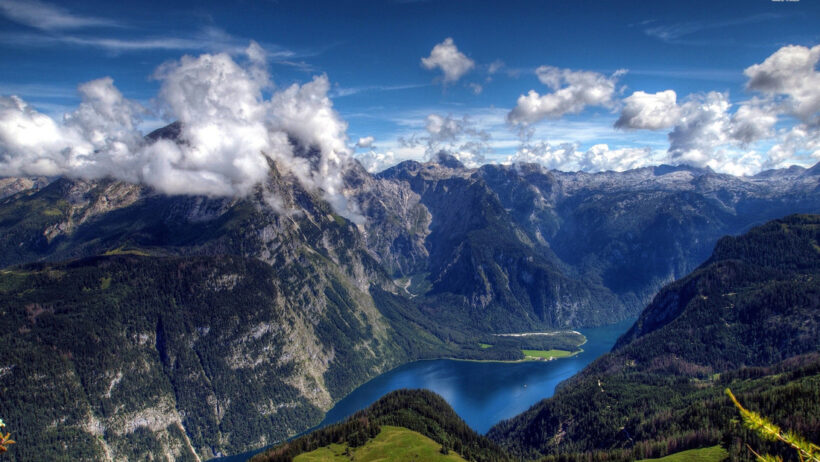Switzerland, nestled in the heart of Europe, exhibits a captivating interplay of climatic conditions that fascinate both scientists and ecologists alike. The nation’s diverse topography, characterized by majestic alpine mountains and temperate valleys, contributes significantly to its unique climate, which exhibits a blend of moderate temperatures and considerable variation dependent on altitude and geographical location.
To grasp the intricacies of Switzerland’s climate, one must first understand its geographical context. The country is renowned for its mountainous terrain, particularly the Alps, which influence weather patterns drastically. This topographical elevation causes dramatic shifts in climate. As altitude increases, temperatures decrease, creating a vast spectrum of microclimates across relatively short distances.
The Alpine regions, for instance, are characterized by cooler temperatures and significant precipitation, which occurs primarily in the form of snow during winter. This snow accumulates throughout the cold months and gradually melts, playing a crucial role in disrupting hydrological cycles and contributing to the country’s vast network of rivers. As the snowpack melts in the spring, it nourishes the valleys with fresh water, sustaining both agriculture and the ecological health of the region.
In sharp contrast, the temperate valleys experience a milder climate that is generally temperate in nature. Here, the average annual temperature ranges from mild to warm, particularly in the lowlands, where conditions are more conducive to agriculture. These areas benefit from a humid continental climate that provides distinct seasons; warm summers encourage the growth of diverse crops while cold winters bring about a seasonal chill that is necessary for certain agricultural products.
Atmospheric circulations significantly influence Switzerland’s weather. The country enjoys a continental climate in the interior regions, with prevalent winds coming from the west and southwest, bringing moisture-laden air from the Atlantic. This air mass interacts with the Alps, resulting in orographic precipitation, which is the enhancement of rainfall received due to the elevation of mountain ranges. The prevailing westerlies contribute to the vivacity of the landscape, creating lush greenery contrasted with barren peaks.
But the fascination with Switzerland’s climate does not end merely with its seasonal changes. The country is intimately linked with the concept of climate resilience, particularly as it faces the challenges posed by global warming. Climate change is no longer a distant phenomenon; it manifests through erratic weather patterns, unusual seasonal shifts, and increased incidents of extreme weather events. Studies indicate that Swiss glaciers are receding at an alarming rate due to rising temperatures, which not only affects the alpine ecosystems but also has ramifications on freshwater availability. The alpine flora and fauna are immensely sensitive to these changes, illustrating a relationship that beckons careful study and respect.
Perceptions of climate discomfort can arise within urban environments, where cities create distinct microclimates. Urban heat islands are prevalent, reflecting a noticeable temperature difference between city centers and surrounding rural areas. This phenomenon adds another layer of complexity to the climate narrative in Switzerland, prompting discussions on sustainable urban planning and resilience. It raises significant questions about how cities adapt to and mitigate the impacts of climate change while maintaining ecological integrity.
Moreover, Switzerland boasts a rich diversity of ecosystems, each exhibiting unique climatic characteristics. The Jura mountains present a different climate regimen compared to the Alps, where temperature gradients and physiographic features deliver variations in biodiversity. The presence of temperate forests, alpine meadows, and wetlands are all influenced by this climatic interplay. Such diversity is invaluable for conservation efforts, as it emphasizes the need for tailored strategies that reflect specific climatic conditions across the nation.
The Swiss population has demonstrated a keen awareness and responsiveness to climate issues. Public sentiment around environmental stewardship has propelled initiatives aimed at reducing carbon footprints. The governmental policies on sustainability and renewable energy sources, such as hydropower and solar energy, are testament to a concerted effort toward climate resilience. The commitment to uphold natural beauty while fostering economic growth underscores the complexities inherent within Switzerland’s climatic narrative.
There exists an intrinsic appreciation for the climate’s role in shaping the Swiss identity—a nation that prides itself on harmony with nature. From winter sports that highlight the snowy landscapes to warm summer soirées in the valleys, the climatic duality enriches cultural experiences. Festivals celebrating the seasonal shifts, along with culinary delights, reflect a deep-rooted reverence for the climate and its cyclical nature. This relationship, intertwined with national pride, forms the bedrock of Swiss society.
Ultimately, the observation of Switzerland’s climate reveals a tapestry woven from intricate threads of geography, ecology, and culture. The contrasts between alpine air and temperate valleys highlight not only the beauty of the landscape but also the critical importance of understanding and addressing climate change. With ongoing environmental changes impacting ecosystems and human livelihoods, there remains a responsibility to advocate for sustainable practices and policies that ensure the preservation of Switzerland’s climatic treasures for future generations.
In concluding this exploration of Switzerland’s climate, it is evident that it offers a fascinating case study of climatic diversity and its implications. The interplay between its alpine heights and the temperate landscapes below serves as a reminder of the continual evolution of nature and our place within it. Acknowledging the profound influence of climate on both human activity and natural ecosystems can foster a deeper appreciation of this magnificent country’s environment.






